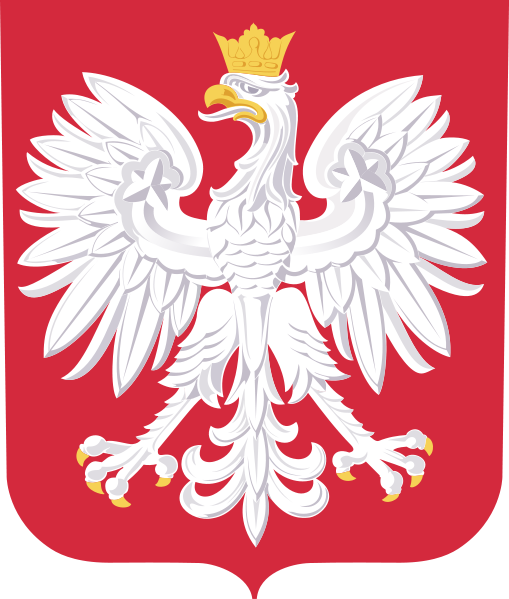The platforms supporting distance learning used at the University of Silesia are adjusted to the needs of disabled individuals. This means that they are available. We understand availability as the possibility to use all content and functionalities by individuals who may have restricted possibilities to use such resources, e.g. partially sighted and blind, hard of hearing, and people with movement disabilities. We will be doing our best to make all of you familiar with the educational materials. If you have any problems with the availability of materials, use the additional additional support of teachers and Student Service Centre, who may help digitise the required literature on the subject. The availability is guaranteed by the Act on Digital Availability of Websites and Mobile Apps of Public Sector Bodies. We are convinced that we need to ensure it due to social responsibility and willingness to satisfy the needs of all members of the community of the University of Silesia.
The effective Act on Digital Availability of Websites and Mobile Apps of Public Sector Bodies (https://isap.sejm.gov.pl/isap.nsf/DocDetails.xsp?id=WDU20190000848) imposes numerous obligations on public sector entities, including the University of Silesia. This regulation is a consequence of the Directive of the European Parliament and of the Council on the accessibility of websites and mobile apps of public sector entities. The main goal of the Act is to counteract digital exclusion of the individuals who are particularly threatened with such exclusion due to their functional restrictions.
The Moodle platforms operating at the University of Silesia will be consistent with many requirements, and the intention of its creators is to achieve compliance with WCAG 2.1 Level AA.
Unfortunately, the platform itself is not everything. The content published on it by the individuals creating courses must also be appropriately prepared. The most important rules defining what should characterise available educational materials include:
- Rule 1 – Perception
Present information and interface components to users in a manner that is perceptible for their senses. - Rule 2 – Functionality
Make sure that user interface components and navigation are possible to use. - Rule 3 – Comprehensibility
Do your best to make information and interface operation understandable. - Rule 4 – Reliability
Create content reliably, so that it could be effectively interpreted by different user software, including supporting technologies.
Detailed information about specific rules can be found on the following website: https://wcag.lepszyweb.pl/
The detailed list of recommendations is extensive, and the Ministry of Digitisation recommends the Good practices Guidebook – WCAG 2.0 published by Fundacja Widzialni: https://www.widzialni.org/download/podrecznik-dobrych-praktyk-wcag-2.0.pdf.
Moreover, information about the current recommendations can be found on the subpage „Website availability” on gov.pl: https://www.gov.pl/web/cyfryzacja/nota-o-dostepnosci.


















